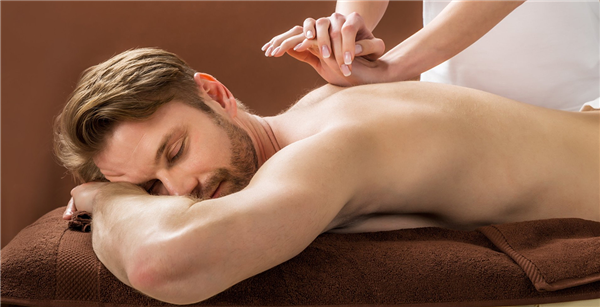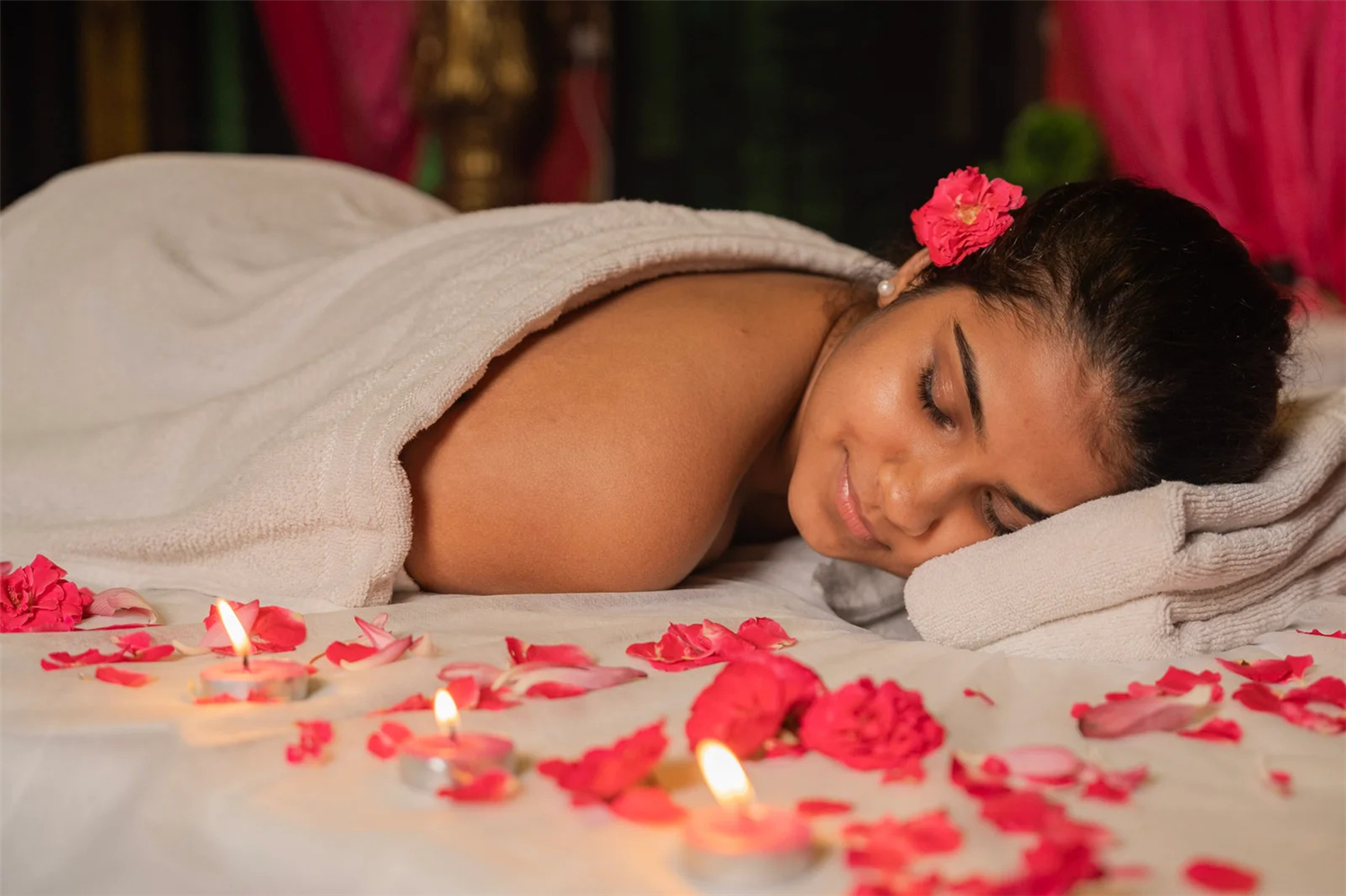Ayur Oil massage in Polichalur
Thai massage, also known as Nuad Thai or Thai Yoga Massage, is a centuries-old healing practice that blends elements of acupressure, Indian Ayurvedic principles, and assisted yoga postures. Unlike Western body massages that primarily focus on kneading and rubbing muscles with oils, Thai massage is performed on a mat on the floor, with the recipient fully clothed, and involves a combination of rhythmic pressure, stretching, and gentle rocking motions. This unique style aims to balance the body’s energy, enhance flexibility, and promote both physical and mental well-being.
Recognized by UNESCO as an Intangible Cultural Heritage of Humanity in 2019, Thai massage has moved from ancient temples in Thailand to wellness centers across the globe. It’s not just a form of relaxation—it’s a therapeutic method designed to restore harmony in the body and mind.

The origins of Thai massage can be traced back more than 2,500 years to India. It is believed to have been developed by Jivaka Kumar Bhaccha, a physician to the Buddha, who combined knowledge of Ayurveda, yoga, and herbal medicine. Over centuries, this practice migrated to Thailand, where it merged with local healing traditions and Buddhist spiritual influences.
Historically, Thai massage was practiced in temples as part of spiritual and physical well-being. Wat Pho Temple in Bangkok remains one of the most famous schools for traditional Thai massage today.

Thai massage is often described as a blend of passive yoga and acupressure. A typical session lasts between 60 and 120 minutes and involves the following elements:
Energy Line Work (Sen Lines)
Thai massage is based on the concept of sen—energy pathways similar to meridians in Chinese medicine. Practitioners use thumbs, palms, elbows, knees, and feet to apply pressure along these lines, clearing blockages and improving energy flow.
Stretching Movements
Assisted stretches are a hallmark of Thai massage. These stretches resemble yoga poses and are designed to enhance joint mobility, muscle flexibility, and circulation.
Compression and Rhythmic Pressure
Gentle but firm pressing is applied to muscles and connective tissue to relieve tension and stimulate blood flow.
Joint Mobilization
The practitioner moves joints through their range of motion, reducing stiffness and improving mobility in sex.
Breathing and Mindfulness
Sessions often encourage deep, slow breathing, helping recipients enter a meditative state that enhances relaxation.
Because Thai massage incorporates deep stretching similar to yoga, it can significantly improve flexibility over time. These assisted stretches help lengthen muscles, loosen stiff joints, and restore mobility. Athletes, dancers, and people with sedentary lifestyles particularly benefit from this aspect.
By applying rhythmic pressure and stretching muscles, Thai massage stimulates blood and lymphatic flow. Improved circulation helps deliver oxygen and nutrients to tissues more efficiently, promoting cell growth and repair. It also supports the removal of metabolic waste from the body.
The acupressure techniques in Thai massage target knots and tension in muscles, helping relieve discomfort caused by overuse, poor posture, or stress. Many people find it effective for alleviating back, neck, and shoulder pain.
Thai massage is as much about the mind as the body. The combination of mindful breathing, slow movements, and deep relaxation can lower cortisol (stress hormone) levels. Recipients often leave a session feeling more centered, focused, and emotionally balanced.
By working along the body’s sen lines, Thai massage is believed to balance energy flow and remove blockages. Many people report feeling re-energized and more alert after a session, unlike the sleepy feeling sometimes experienced after a traditional massage.
The stretching and pressure techniques can correct muscular imbalances and help the body return to proper alignment. This can be especially beneficial for people who spend long hours at desks or in front of computers.
With its gentle, controlled stretches and pressure, Thai massage can be a useful complement to physiotherapy. It helps keep muscles supple, reduces scar tissue, and prevents stiffness after injury—though it should always be performed by a skilled practitioner and avoided during acute inflammation.
Unlike many forms of massage that use oils, Thai massage is done fully clothed and without lotions. This makes it suitable for people with sensitive skin or those who prefer a dry technique.
Interested in our spa services? We want your spa experience to be a memorable one.